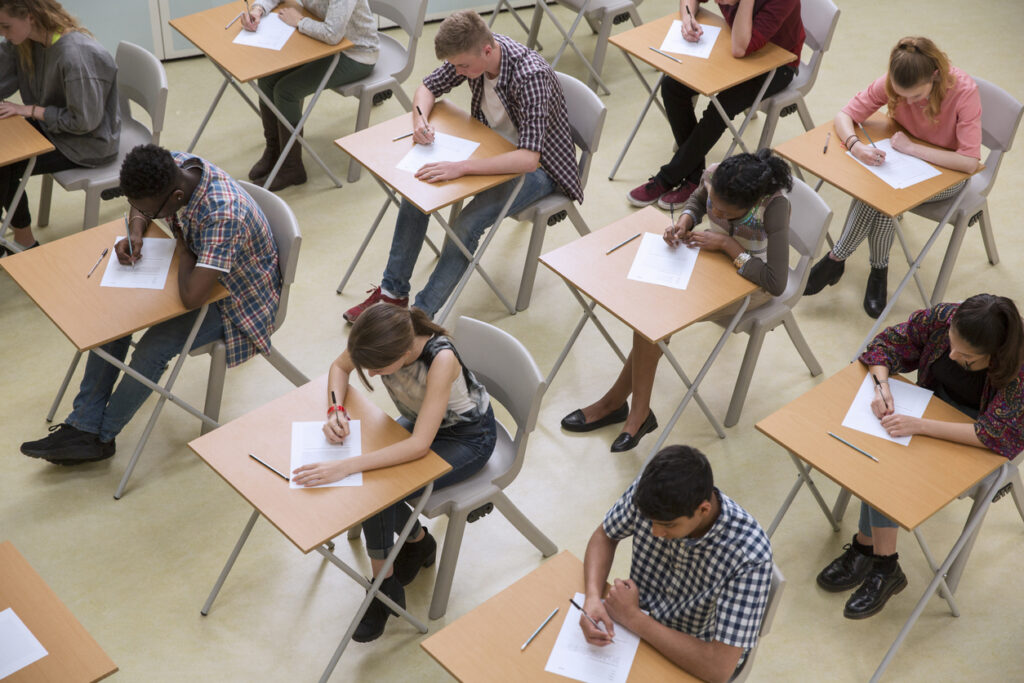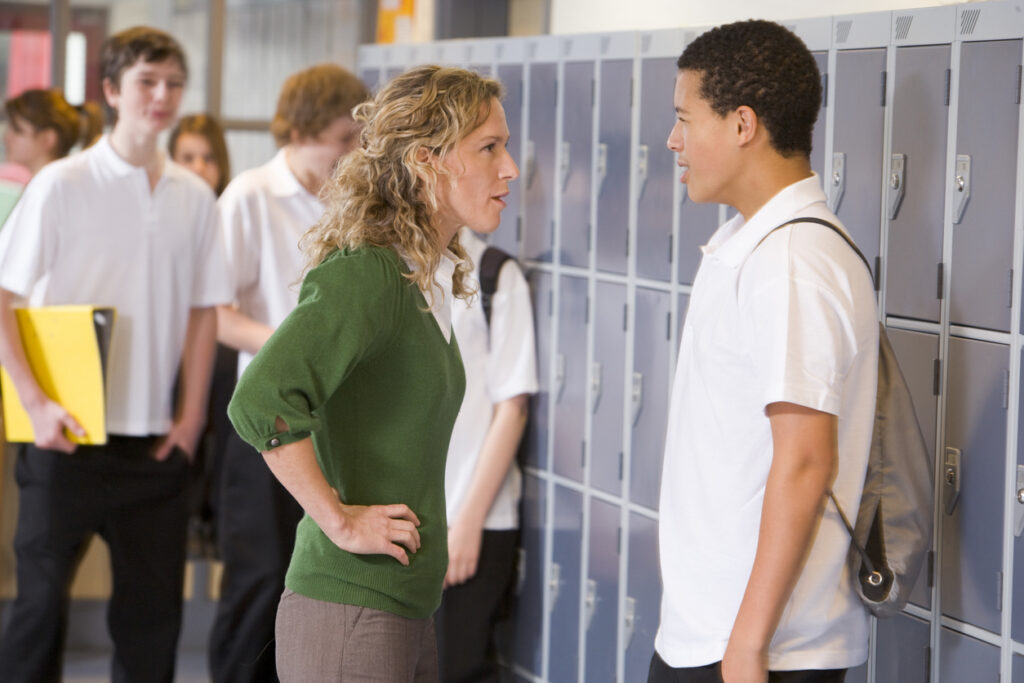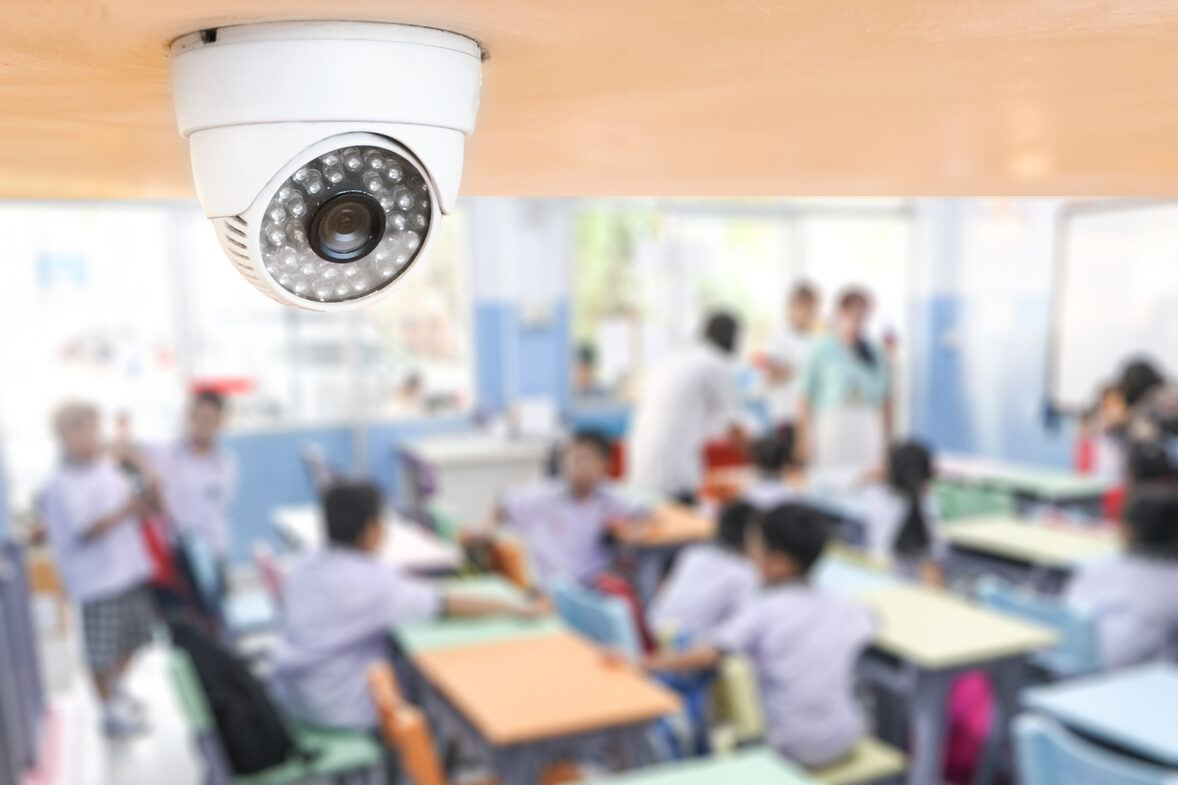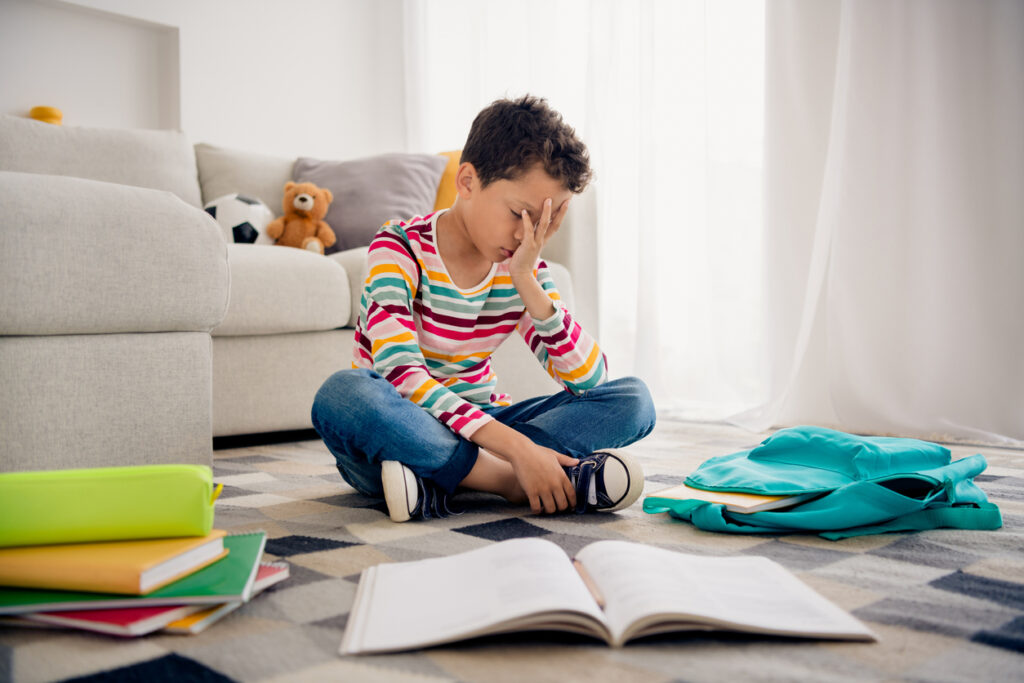1. Standardized Testing Obsession

What began as a way to measure progress has often turned schools into test factories. Teachers feel pressured to “teach to the test,” narrowing lessons to what will be measured instead of fostering curiosity or deeper learning. Students, too, can feel constant stress, with entire weeks devoted to practice exams, drills, and test prep. Instead of encouraging creativity or problem-solving, standardized testing often rewards memorization and rigid thinking. Critics say this focus has crowded out art, music, and even science experiments in some classrooms, leaving kids with less room to explore subjects in meaningful ways.
2. One-Size-Fits-All Curriculum

Many schools follow strict state or district-mandated lessons, leaving little flexibility for teachers to adapt to their students’ unique needs. A child who excels in reading but struggles in math—or vice versa, may not get the tailored support they need. Instead, teachers must often move at a pace dictated by standardized guidelines, even if half the class is falling behind. This approach can make students feel overlooked, bored, or frustrated. It also limits the opportunity to integrate real-world connections or explore student interests, which research shows can make learning more engaging and effective.
3. Digital Overload

Tablets and laptops are now a staple in many classrooms, making it easier for students to access information and teachers to manage assignments. But the heavy reliance on screens brings its own problems. Many children report feeling screen fatigue, especially when online learning mixes with social media and entertainment at home. Digital platforms can also encourage shallow learning, where students skim content instead of truly understanding it. Teachers have also noticed how easy it is for kids to get distracted with games or browsing during class. While technology can be a valuable tool, experts caution that balance and offline activities are just as important.
4. Zero-Tolerance Discipline

Introduced to make schools safer, zero-tolerance policies often end up punishing students harshly for minor infractions. Forgetting a pencil, speaking out of turn, or being late can sometimes result in suspensions or other severe consequences. Studies show these rules often disproportionately affect students of color, fueling inequities in education. Instead of teaching responsibility and conflict resolution, the system can push kids out of classrooms and into disciplinary cycles that harm their learning. Many educators now advocate for restorative practices that focus on repairing harm, building relationships, and giving students a chance to learn from mistakes.
5. Silent, Structured Lunch Periods

Some schools enforce quiet, orderly lunches in the name of discipline and efficiency. While this might make the cafeteria easier to manage, critics argue it strips away one of the few times in the day when kids can relax, connect with friends, and just be themselves. Lunch is more than eating, it’s a social and emotional break that helps students recharge for the rest of the day. Without it, many children feel isolated or overly controlled. Experts point out that unstructured social time plays a big role in developing communication skills, teamwork, and even stress relief.
6. No Recess in Upper Grades

As students get older, many schools cut back or completely remove recess in favor of more classroom time. The belief is that extra minutes spent on academics will boost achievement, but research shows the opposite may be true. Movement breaks help improve focus, reduce stress, and support overall health. Without recess, students often become restless and struggle to concentrate, especially in long blocks of classes. Even older kids and teens benefit from unstructured play, whether that’s shooting hoops, chatting with friends, or just taking a walk outside. Experts argue that removing recess not only reduces joy but also ignores how much physical activity supports brain development and learning.
7. STEM Over Arts

The growing emphasis on science, technology, engineering, and math has led many schools to reduce or eliminate programs in music, drama, and art. While STEM skills are undeniably valuable for the future job market, sidelining the arts overlooks how crucial they are for creativity and emotional expression. Art programs often give students confidence and a sense of belonging that purely academic subjects may not. Research also shows that involvement in music or theater can boost problem-solving skills and even improve performance in other subjects. Cutting arts to prioritize test scores and technical subjects risks creating a less well-rounded generation of learners.
8. Always-On Surveillance

From cameras in hallways to software that tracks online activity, many schools now monitor students constantly. While these tools aim to increase safety, they can also create an atmosphere of mistrust. Students may feel like they are always being watched, which can increase anxiety and discourage open communication with teachers. In some cases, digital tracking has raised concerns about privacy, as schools collect large amounts of personal data on children. Critics warn that too much surveillance may solve short-term discipline issues but harms long-term trust, independence, and the sense of school as a supportive community.
9. Endless Homework

Homework is meant to reinforce learning, but too often it turns into hours of busywork with little connection to real understanding. Many students spend evenings copying notes, filling out repetitive worksheets, or completing assignments that don’t match what was taught in class. This not only eats into family time and rest but also contributes to burnout. Studies show that beyond a certain amount, homework has minimal benefits for academic growth—especially in younger grades. Advocates for homework reform argue that assignments should be purposeful, engaging, and limited, allowing kids to balance school with personal interests and downtime.
10. Rewards for Compliance

Points charts, stickers, badges, and token systems are common ways schools encourage good behavior. While they can motivate students to follow rules, they often reward compliance rather than creativity, risk-taking, or independent thinking. A child who quietly follows directions may earn constant praise, while another who asks challenging questions, or experiments in a way that bends the rules, may be overlooked. Over time, this can teach kids to play it safe instead of exploring curiosity. Educators who focus on intrinsic motivation argue that schools should encourage self-driven learning, collaboration, and curiosity, not just reward students for staying in line.
This story 10 Modern School Trends That Might Be Doing More Harm Than Good was first published on Daily FETCH


